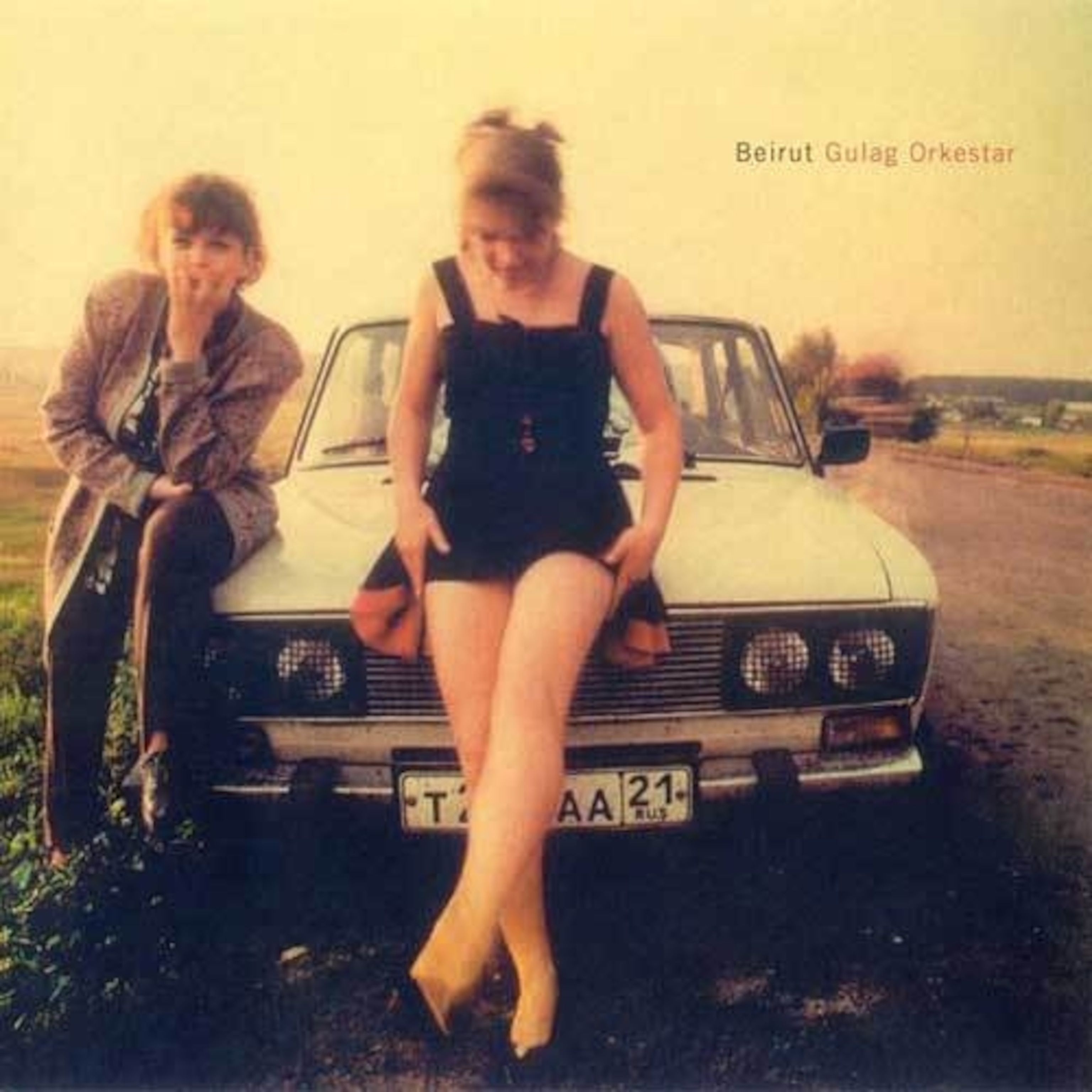
Music Wednesday: Gypsy Beats and Balkan Bangers
Assistant Editor Ryan Bradley’s weekly exploration of great global music, in collaboration with Nat Geo Music.
Gypsy music is ancient and, like many very old things, has its roots in India. Its people, the Romas, emigrated northwest from the subcontinent in the 10th century. By the 1500s, Romani music could be heard across the Balkans and in Egypt. It eventually spread into the Middle East and Western Europe with the rise of Islam. In Spain it became Flamanco—the guitars, castanets, and dancing were refined, but the basic idea and instrumentation made it all the way from Rajasthan to Granada. And though gypsy music predates the traditional diatonic (seven-note) musical scale by a good five centuries, it is currently enjoying something of a renaissance.
Groups like Gogol Bordello, Balkan Beat Box, and Beirut (alliteration unintentional: words beginning in "b" are extremely common in gypsy music: buzuki, Bucovina, balaseanca*) create music not too dissimilar from what was being heard in Istanbul (then Constantinople) about 10,000 years ago—only now it’s in a club on Ibiza, or a bar in Chicago, or on NPR.
Beirut, arguably the most popular of the three here in the U.S., is the music of 22-year-old from Santa Fe, New Mexico, named Zach Condon. He discovered gypsy music at the age of 16, after dropping out of high school to travel Eastern Europe with his older brother. Condon came home with a head filled with soaring horn arrangements and a strange photograph he had found while traveling. He cut several tracks based on the photo. As he tells it (in an interview, here) "I always kind of felt like, ‘It’s got to sound like that [photo]. It’s got to sound the way that looks.’" OK–so the album looks like Eastern Europe, sounds like gypsy music, and is called Gulag Orkestar. A great song to start with is Rhineland (Heartland). It should be noted that Beirut’s newest album, The Flying Cup Club, has pictured on its cover a 1910 photograph of the Word’s Fair in Pairs. It is not as good, nor as gypsy, as Gulag Orkestar.
In the great tradition of the Romas, Balkan Beat Box is not so much a band as it is a collective of musicians whose styles include (though are not limited to): hip-hop, dancehall, reggaeton, and club while still rooted in traditional Jewish and Balkan music. There’s a lot going on, and there’s a great article on Balkan frontman Tomer Yosef’s solo album, Laughing Underground, on Nat Geo Music. Also check a popular Beat Box tune, "Bulgarian Chicks."
Gogol Bordello are the Sex Pistols of gypsy music. Their performances are pure punk: violent and crazy, and would do Iggy Pop proud. Things get smashed. People get bruised. And they put on one of the best live shows you can see (just brace yourself). A good start for them is "Start Wearing Purple."
- National Geographic Expeditions
Finally, the keepers of the flame, purveyors of the ancient art, Taraf de Haidouks are true gypsies, and number sometimes two or three and sometimes more than 20. Their album, Band of Gypsies, is classic. There is also an excellent remix by Bucovina Club of the Taraf de Haidouks jam "Carolina." It is from an album appropriately titled "Electric Gypsyland."
For more good, traditional music, Rough Guides’s Music of the Gypsies and their guide to world music are great places to hear and read more. Both were helpful in researching this column, too.
*a guitar/lute common in Greek music; a region in the Carpathian Mountains between Romania and Ukraine; the word from the title of the gypsy equivalent to "Stairway to Heaven"—Doina si Balaseanca, by Fanfare Ciocarlia
